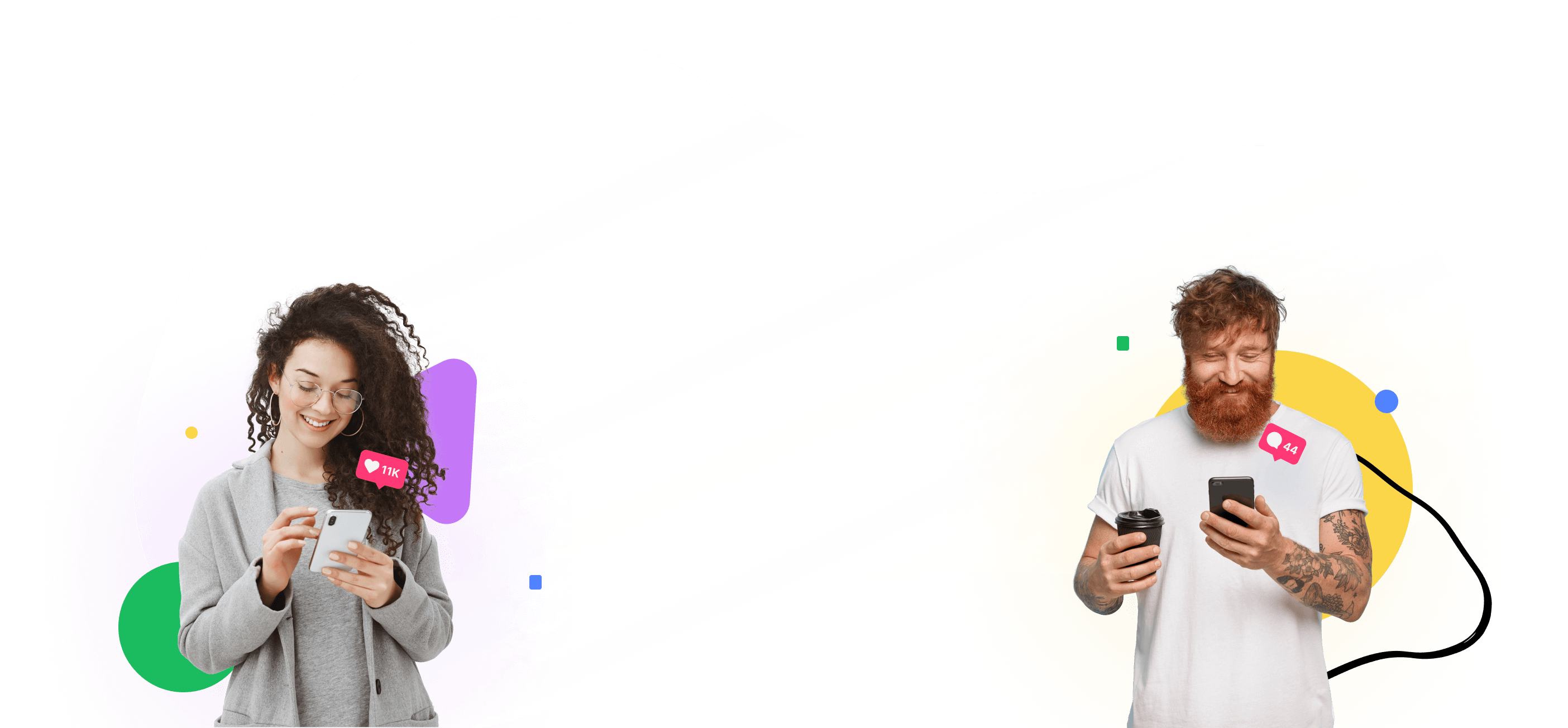You've worked hard on your content—now it's time to make sure people actually see it. One of the most overlooked elements of a successful social media strategy is timing. Posting at the right time can be the difference between a post that flops and one that flies. But when is the right time? And does it really vary across platforms?
In this guide, we’ll break down the best times to post on major platforms in 2025 and help you find the sweet spot for your audience, even if you're just starting out.
Why Timing Still Matters in 2025
Algorithms may be smarter than ever, but they still favor early engagement. That means when your post goes live, the quicker it gets likes, comments, and shares, the more likely it is to be shown to others. Posting at a time when your audience is active increases the chance of that early engagement and helps your content travel further.
Best Times to Post on Each Platform
While every audience is unique, research across millions of posts has helped pinpoint general "best times" for each major network. Here’s what 2025 trends show:
Instagram’s algorithm rewards engagement, especially on Reels and Stories. In 2025, the sweet spot continues to be early mornings and evenings on weekdays, especially Monday to Friday: Between 7:00 AM – 9:00 AM and 6:00 PM – 8:00 PM. Avoid posting during the mid-afternoon work slump (2:00–4:00 PM) !
Facebook still sees strong engagement from both personal and business accounts, especially around lunch breaks and after work hours: Tuesday to Thursday: Between 11:00 AM – 1:00 PM and 5:00 PM – 7:00 PM. Weekend posts perform better in the morning, around 9:00–10:00 AM.
As a professional network, LinkedIn activity spikes during business hours: Tuesday to Thursday: Between 8:00 AM – 10:00 AM. Avoid evenings and weekends when people unplug from work !

TikTok
TikTok’s algorithm heavily prioritizes fresh content and user activity. Ideal times are Monday to Friday: Between 6:00 PM – 10:00 PM. On weekends, try posting in the late morning or early afternoon.
Twitter (X)
For quick news and conversations, timing is everything: Weekdays: Between 8:00 AM – 11:00 AM. For engagement, aim for lunchtime tweets (12:00 PM).
People often browse Pinterest in their leisure time. In 2025, evening and weekend traffic remains high: Friday to Sunday: Between 8:00 PM – 11:00 PM. Morning pins between 7:00 AM – 9:00 AM also perform well.
How to Find Your Best Time
While these general rules offer a starting point, the truth is: every audience is different. Here’s how to tailor the timing to your own followers:
- Use Insights or Analytics: All major platforms offer basic data showing when your audience is most active.
- Experiment Consistently: Try posting the same type of content at different times and track performance.
- Adjust Over Time: As your audience grows or changes, their habits may shift too. Re-check your analytics monthly or quarterly.

Tools That Can Help
You don’t have to do everything manually—there are plenty of tools designed to make social media posting easier and more strategic.
Social media schedulers like MissingLettr are the first must-have. These platforms let you plan your posts ahead of time, preview your grid or feed, and make sure you're posting consistently—even when you're offline. Tools like Buffer, Hootsuite, and our very own scheduler are perfect for this. They also help you batch your content creation, so you're not scrambling for a caption every day.
Analytics dashboards give you a clear picture of what’s working and what’s not. They can show you engagement rates, follower growth, reach, and more—making it easier to spot patterns and tweak your strategy accordingly. Native platform analytics (like Instagram Insights or Facebook Page Insights) are useful, but third-party tools often give you cross-platform data in one place.
Content idea generators are incredibly useful when you’re feeling uninspired. Tools like AnswerThePublic, BuzzSumo, and AlsoAsked help you uncover trending topics, audience questions, and content gaps. For social media-specific ideas, tryPost Planner or Copy.ai’s idea generator.
**Caption tools **take things a step further by helping you write your posts. Caption AI, Jasper, and our own content-to-caption feature generate tailored captions for blog posts, product launches, or seasonal campaigns. They can also help you write in a consistent brand voice and optimize your messaging for engagement.
AI image generators and design tools like Canva or Adobe Express also come in handy when you need fresh, engaging visuals quickly. They offer templates and easy-to-use editors that don’t require design expertise.
By integrating these tools into your workflow, you can save time, maintain consistency, and improve your content quality without burning out.
Conclusion
Finding the best time to post isn’t about following one golden rule—it’s about observing what works for your audience and using data to inform your strategy. Start with the general benchmarks we’ve shared here, and then refine your schedule over time.
The more consistent and strategic you are with timing, the more your content can do the hard work for you—reaching the right people, at the right time, with less effort.



